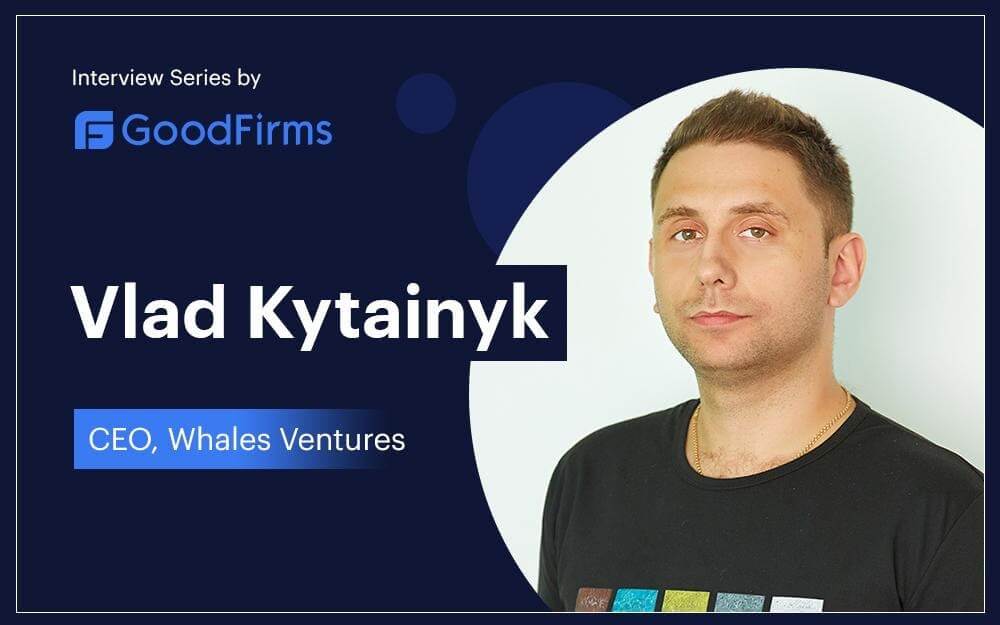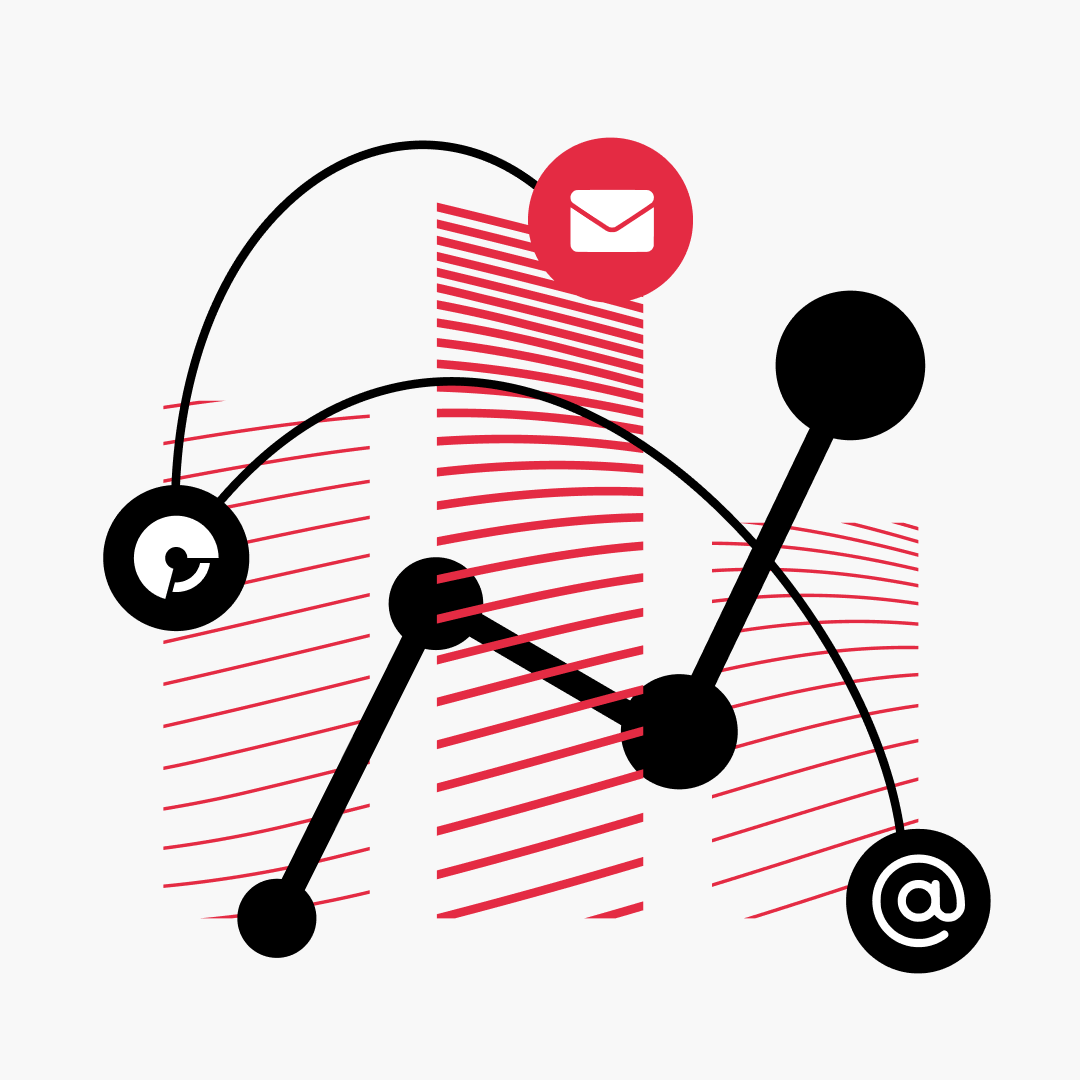How Influencer Marketing Can Grow Your Business
SEO, social media, and emails aren’t new to the marketing community. Over the last few years, influencer marketing joined the list and gained a strong rep as a powerful marketing tool. According to a benchmark report by Influencer Marketing Hub, every $1 spent on influencer marketing gets an average return of $18. Let’s see why the returns are that high and what makes influencer marketing so special.

First, Let’s Define It
First, Let’s Define It
When a brand teams up with an influencer to promote their products or services, that’s influencer marketing. Some collaborations are different, in which influencers are present only to improve brand recognition as a whole. One of the most successful examples in 2021 was a multi-platform social campaign for Häagen-Dazs: 24 micro and nano influencers posted original content referencing the brand, resulting in a twofold increase in user engagement (18.9% for TikTok and 4.15% for Instagram), and 3 million views.
The key feature of influencer marketing is that influencers can be anywhere and anyone. Their influence comes in the form of their social following, no matter the industry. A photographer, a respected tech blogger, or even a dog breeder – anyone counts as an influencer once they’ve become well-respected, knowledgeable, and interesting within their sphere. As mentioned by Shopify, 61% of consumers trust influencers’ recommendations – at the very least, that’s a strong reason to give this approach a try.

What Are The Types Of Influencer Marketing & Which To Pick?
What Are The Types Of Influencer Marketing & Which To Pick?
The main idea is to get more people interested in buying your product or service, or raising awareness of an upcoming offer, it depends on the goal. How can you do that using influencer marketing?
- Sponsored content. One of the easiest and most common ways to utilize influencer marketing is a social media post featuring an ad for your product or service. Another way is a story shoutout (Instagram is most suitable for this). Anyhow, the formula stays the same: original content mentioning your product + a call to action.
- Discounts & affiliate links. Who doesn’t love a good discount? Referral links can direct the audience right to your website and encourage them to learn more about your product and then purchase it. Discounts are also often mixed with sponsored content.
- Contests and giveaways. Gifts work even better than discounts. Plus, an element of competition is a sure way to captivate more users.
- Takeovers. Letting an influencer take over your profile on social media for, let’s say, a day, is another powerful tactic. The audience will naturally follow influencers to your social media channel for an exclusive personal experience. What’s more, seeing an influencer discuss your product live feels less like an advertisement, and more like their honest impression of your product as part of their normal daily routine.
- Brand ambassadorship. If you share the same values with a certain influencer and think that they can represent your product long-term, this option is a good fit for you. With brand ambassadorship, your product becomes more than just a one-time ad – influencers introduce it into their routine, which conveys their confidence and trust in your brand.
Building Your Strategy With Influencer Marketing Best Practices
Building Your Strategy With Influencer Marketing Best Practices
Now, let’s focus on the way you can use influencer marketing to propel your sales and make your brand more recognizable in the digital space.
- Select the appropriate social media. For some brands, Instagram is a better platform for advertising, while others can hugely benefit from using Tik Tok in case it’s their audience’s preferred platform.
Here’s a quick outline:
- Instagram is best for sharing bite-sized photo and video content that grasps attention fast. The majority of Instagram users are aged 18-34. If you’re selling a product as opposed to a service – that should be a top pick.
- Tik Tok works great with younger audiences – over 60% of users are between 10 and 29 years old. Tik Tok also gives more opportunities for creative expression, so if that’s something that can be utilized for marketing your product, take note.
- Youtube has a more varied demographic – it’s most popular among 18-24 year olds, yet Youtube’s penetration rate is at 51% among people aged 75 and older. Youtube allows for longer videos and has a row of options for advertising.
- Facebook works well with a mix of photo, video, and text content. It also has a Facebook live option in case you’re planning to communicate your product in real-time. Facebook’s users are aged between 25 and 34 for the most part.
- Establish guidelines. Creative freedom influencers rely on is beneficial, however it’s best to have standards to stick to. A style guide for your brand’s communication will help make sure that influencers connect with their audience in a way that matches your brand’s voice.
- Finding influencers. First, it’s important to figure out your preferred level of influencer. From nano-influencers with 1k-10k audiences all the way up to mega-influencers – the big wheels with over a million of followers, you’re free to choose anyone. However, a large following doesn’t always mean quick success. In fact, micro-influencer campaigns lead to 60% higher engagement rates than celebrity-led ones. This is because smaller influencers are able to connect with their audience better, which reinforces trust.
- Reaching out. Once you have a detailed plan for your future influencer marketing campaign, making arrangements shouldn’t be difficult. You can contact influencers through email – it’s commonly included in their bio on social media, or simply drop a direct message.

Tools For Influencer Marketing Campaigns
Tools For Influencer Marketing Campaigns
Let’s take a look at some of the tools that can make running your influencer marketing campaign more convenient and efficient.
- Traackr. This tool integrates everything you need to manage influencer campaigns. Influencer discovery, coordination and reporting as well as data-driven insights into audience engagement are gathered in one place. You can track any metric related to influencer campaigns and easily coordinate work across teams.
- Klear. Klear is an influencer discovery tool that helps you find the right fit based on influence tier, niche topics, audience and location. You can also track influencer analytics, manage outreach, export data and use in-app messaging for fast communication.
- Heepsy. With Heepsy, you can find influencers using specific searches and filters. You can analyze their audience, estimate costs, customize influencer lists and automate outreach.
- Buzzsumo. One of the top picks for influencer marketing, Buzzsumo lets you choose influencers based on how well their content performs and analyze every aspect of how their audience responds. Moreover, Buzzsumo provides content ideas and automation options to get to your goals faster.
- Captiv8. Something that sets Captiv8 apart from others is its AI-powered discovery tool that helps find the best fit for your campaign based on the descriptions you provide. The tool also provides predictive analytics for impressions, views, engagement, and more.

Final Words
Final Words
As digital marketing continues to gain new forms of expression over time, one thing that remains important for every marketer is the ability to connect with their potential clients as partners as opposed to just a “seller-buyer” attitude. Influencer marketing solves this issue by introducing your product by means of establishing a real human connection. In a world where consumers grow more and more skeptical of advertising tactics, this is a chance to build trust and thus, long-lasting customer relationships.
Want to diversify your digital marketing efforts but not sure how?
Our marketing gurus are here to help you.
Contact





